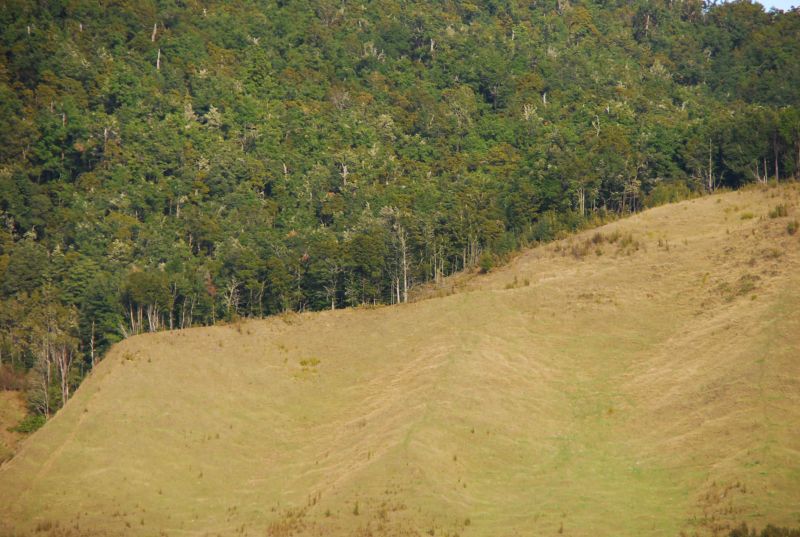The Amazon Effect: How Deforestation is Starving São Paulo of Water
Published on by Water Network Research, Official research team of The Water Network in Government
São Paulo could face more devastating water shortages if farmers continue to clear the Amazon forest, warns the utility chief who recently steered the biggest city in the Americas from the edge of drought catastrophe.
Jerson Kelman, president of water company Sabesp, told Guardian Cities he felt a duty to speak out because he was a citizen as well as the head of a company who had seen firsthand how close this metropolis of 21 million people had come to a breakdown.

Representative image, source: Wikimedia Commons
“We should not transform the Amazon into pastureland,” he said in an interview. “The Amazon creates a movement of water. If you could follow a molecule of water you would see that most of the clouds that are over São Paulo have passed across the Amazon. If the forest is cut, we’ll be in trouble.”
As one of the foremost authorities on water supply and hydropower in Brazil, Kelman’s comments are likely to reignite a debate – resisted by the country’s powerful agriculture lobby – about the link between the world’s biggest forest, climate change and a possible recurrence of the 2014-15 drought.
If things went wrong, we didn’t know what might happen. There could have been riots in the street.
The mayor of São Paulo, João Doria, appears to have been persuaded. In an interview with the Guardian he said recognised the importance of the link between the Amazon and the city’s water supply.
“We need to preserve the rainforest to preserve the cycle of rain in central and southeast Brazil,” he said, also stressing the need to reduce demand and promote recycling. His government, however, has made little progress in putting these words into action.
The 2014-15 drought was no ordinary dry period. Over a 12-month period, rainfall was half that of the previous worst year on records stretching back to the early 20th century. By January 2015, the volume of water at the main Cantareira reservoir system was down to 5% – barely a month’s supply.
Dozens of municipalities on the periphery of São Paulo declared “states of calamity”, which allowed for military intervention and emergency funds from the federal government.
Read full article: The Guardian
Media
Taxonomy
- Reforestation
- Resource Management
- Water Resource Management
- Integrated Urban Water Management
- Reforestation
- Forest Biodiversity
- Urban Water
- Urban Resource Management
- Urban Water Supply
- Urban Water Infrastructure
- Forestry
- Forest Conservation